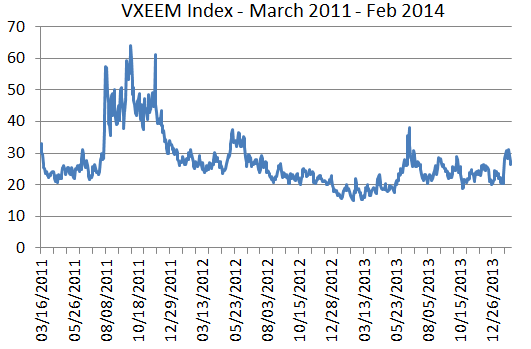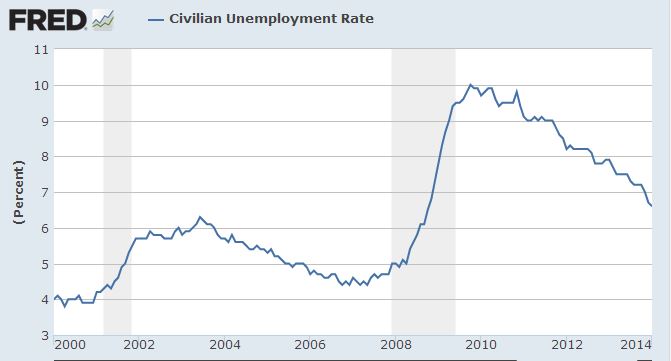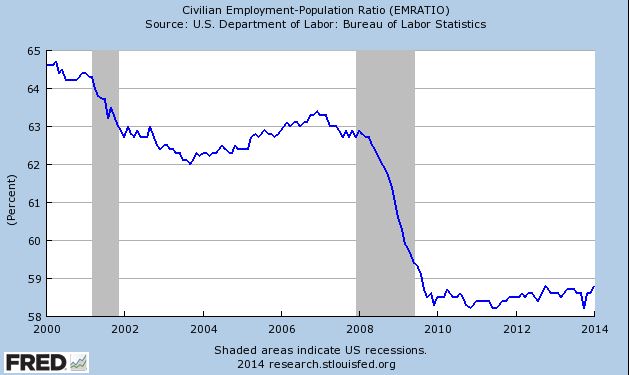Recently I had the pleasure to visit some of our key exchange partners in Asia and kick-start some milestone initiatives there. Our strategic agreements with the Korea Stock Exchange (KRX) and the Taiwan Stock Exchange (TWSE) further strengthen our presence in this fast-growing region and boost our profile as a leading international financial market index provider. Meanwhile, I’m equally excited to see that such relationships bring substantial benefits to the local markets.
On January 20, we formalized the agreement with the KRX to collaborate on global marketing and sales of KRX indices including the flagship index, the KOSPI 200. This agreement positions S&P Dow Jones Indices at the forefront of facilitating greater access to South Korea’s dynamic marketplace for global investors. Our proven experience in global sales and marketing will be put into full use to license and promote the KRX indices. The agreement also paves way for both parties to build a joint team for effectively developing new indices and knowledge sharing.
Following the KRX ceremony, we signed a strategic agreement with the TWSE on January 27. The agreement brings both parties to a closer working relationship for index maintenance, development, distribution, and co-branding. In conjunction with this, the first co-branded index — S&P/TWSE Taiwan Low Volatility High Dividend Index, which measures the performance of 40 high-yielding Taiwan companies — was announced. This newest innovation in indexing should facilitate greater access to equity market intelligence on Taiwan companies for investors both inside and outside of Taiwan.
These initiatives highlight our accelerating efforts to strengthen ties with bourses in key emerging markets in Asia and Latin America. The focus on these regions is a result of stronger economic growth relative to mature markets along with the increasing size of the investing public that looks for new investment channels. While several countries in the two regions have established derivatives markets, the use of exchange-traded funds and index-based strategies is still nascent, indicating huge room for growth.
The International Monetary Fund (IMF) recently forecast 6.5 percent growth in gross domestic product in developing Asia and 3.1 percent increase in Latin America for 2014[1], both of which are several notches higher than the predicted growth in the developed world. The continuous momentum in these regions, coupled with an increasingly sophisticated investment community, should bring growing business opportunities to us and our partners.
[1] International Monetary Fund, Oct. 2013, http://www.imf.org/external/pubs/ft/weo/2013/02/pdf/c1.pdf
















































